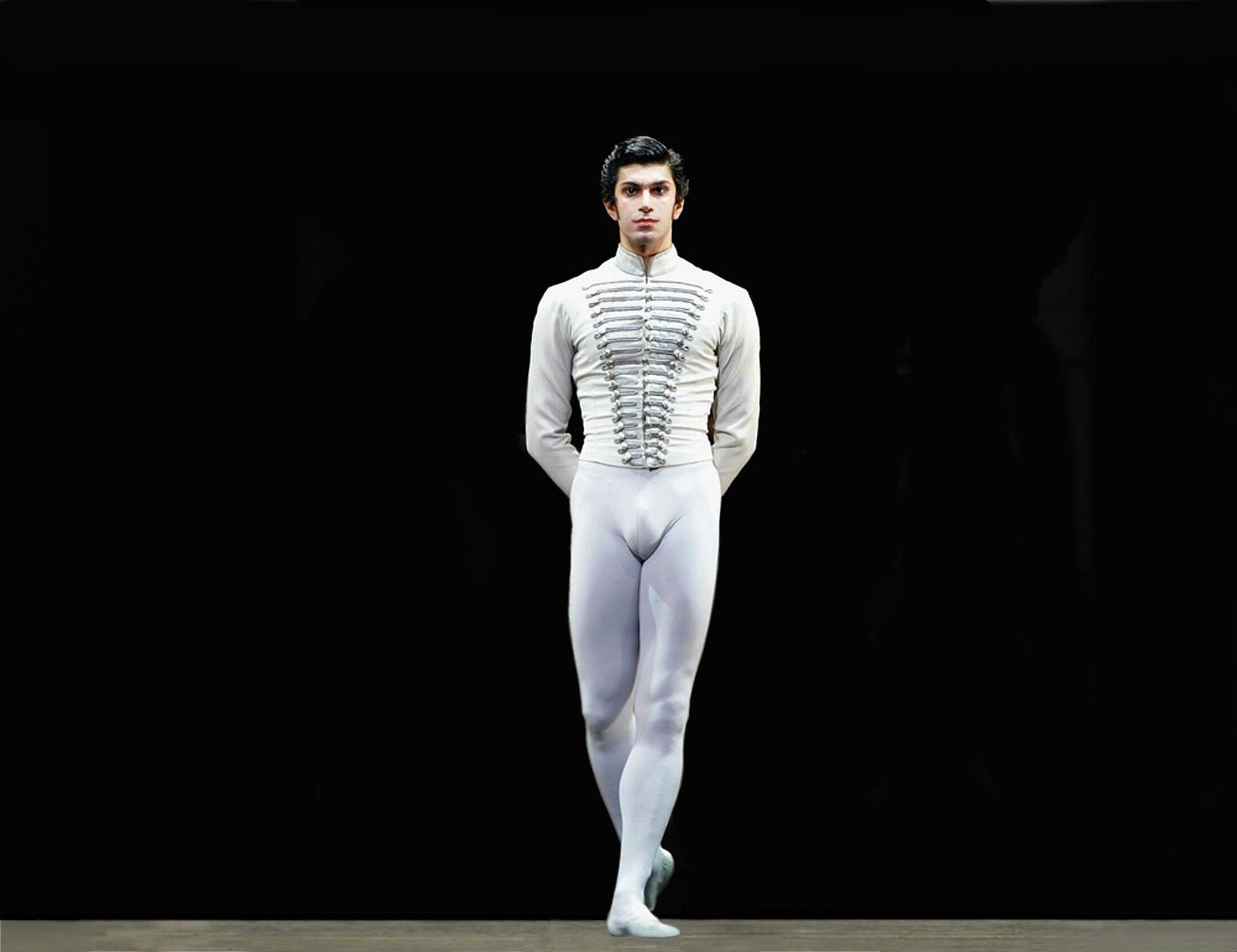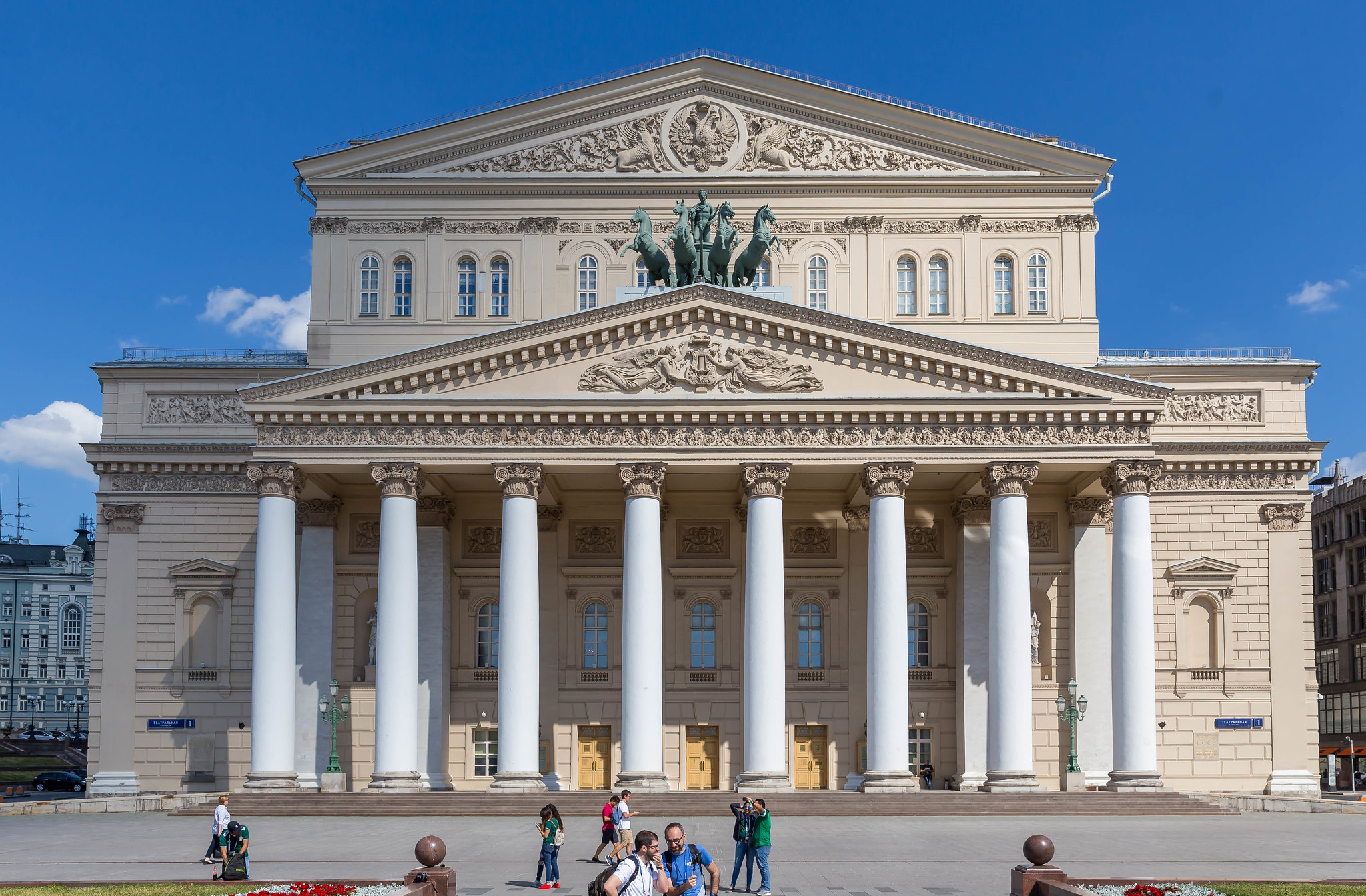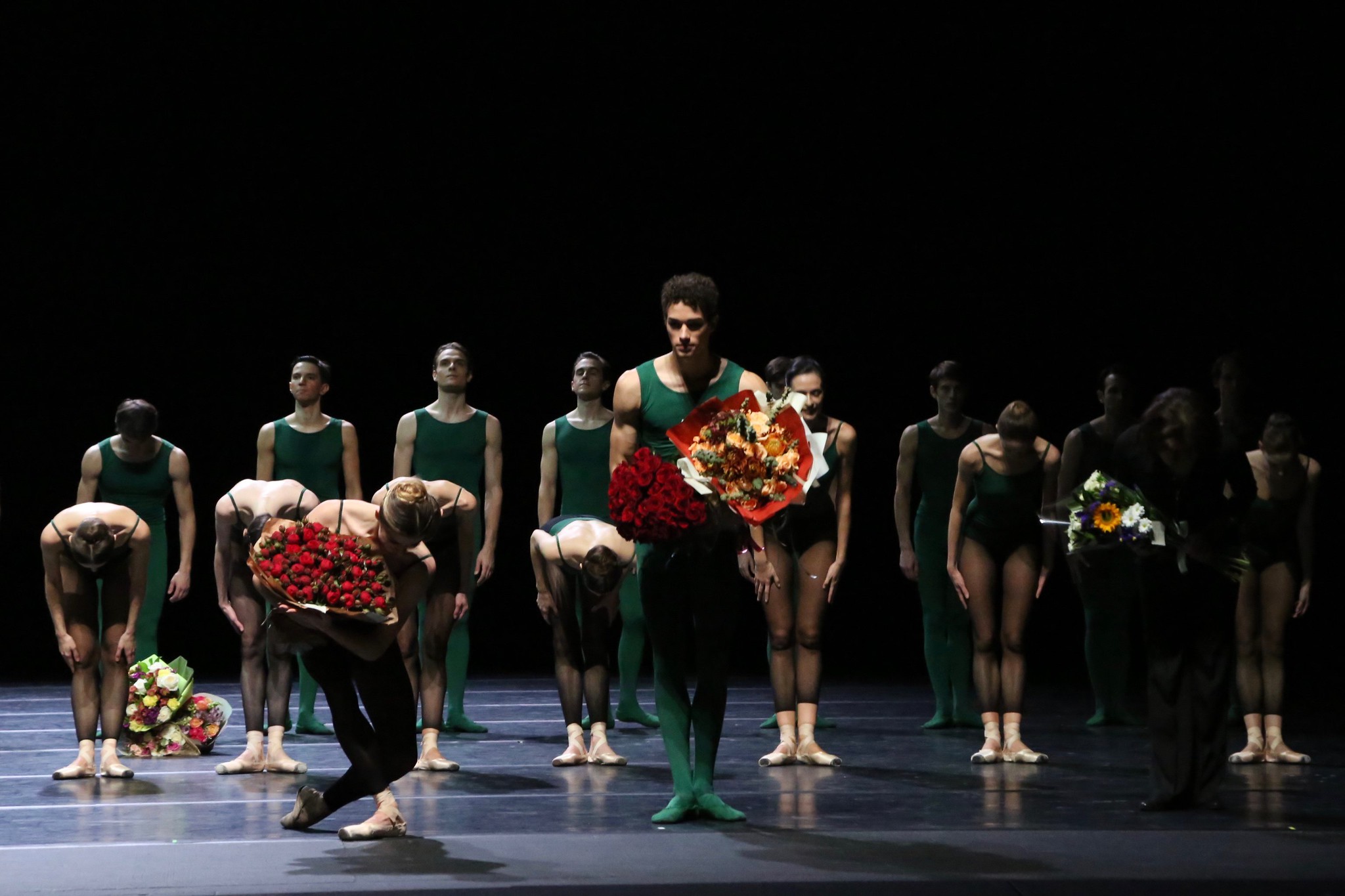PROLOGUE
Ballet has long been one of Russia’s national treasures, and the Bolshoi, Russian for “big,” is perhaps the crown jewel. Under the czars, St. Petersburg’s Mariinsky Theatre was the favored company, with its refined, European style. But after the Revolution, as Lenin moved the country’s capital to Moscow, the Bolshoi gained new status as a ballet company “for the workers.” Joseph Stalin would enter the beautiful theatre through a secret passage and watch the productions alone, obscured by a red velvet curtain, and in 1956, the company’s first tour of the West stunned audiences with its grace and its powerful male dancing. For over 30 years, artistic director Yuri Grigorovich dominated the company with his heavy-handed productions like Spartacus, which verged on propaganda in tights. While Grigorovich was ousted in 1995 over his refusal to change the company’s repertoire, his presence is felt nonetheless; in 2008, he returned to oversee productions of some of his most famous works.
Although Vladimir Putin is reportedly not the ballet fan Stalin was, the Bolshoi remains the Kremlin’s stage, and the state still provides 70 percent of the company’s funding. But these days, the Bolshoi must fight for funds to pay its 250 dancers and over 3,000 total employees. Among the dancers, tensions are high and competition is stiff; artists get paid based on the roles they receive. That leaves the man who assigns those roles in a difficult spot, facing a myriad of different pressures.

DRAMATIS PERSONAE
YURI GRIGOROVICH
The famous artistic director of the Soviet-era Bolshoi who ruled with an iron fist from 1964 until 1995. He was famous for his heroic, if bombastic, performances. His followers remain fiercely loyal to his artistic vision.
SERGEI FILIN
A retired Bolshoi dancer who serves as artistic director at the Bolshoi. Filin worked as director of the city’s number two ballet company, the Stanislavsky and Nemirovich-Danchenko Moscow Music Theatre, where he knew Vladimir Urin and sought to hire Anzhelina Vorontsova. He’s now seen as a reformer at the Bolshoi, trying to help move the company beyond Grigorovich without ruffling too many feathers.
NIKOLAY TSISKARIDZE
An aging ballet dancer at the Bolshoi, fiercely loyal to Grigorovich, who voluntarily takes on promising dancers, including Anzhelina Vorontsova. He has powerful patrons, reportedly including former KGB officer and Putin ally Sergei Chemezov, and he makes no secret of his ambition to be artistic director of the Bolshoi.
PAVEL DMITRICHENKO
A Bolshoi soloist known for playing villains like Ivan the Terrible. One of a number of dancers increasingly frustrated with Filin’s leadership, Dmitrichenko is supposedly particularly frustrated on behalf of his girlfriend, Anzhelina Vorontsova.
ANZHELINA VORONTSOVA
A young, ambitious dancer at the Bolshoi, a student of Tsiskaridze’s and girlfriend to Dmitrichenko. She turned down Filin when he served as director of the Stanislavsky and Nemirovich-Danchenko company, preferring to get a spot with the Bolshoi. Now, with Filin also at the Bolshoi, she feels he holds the rejection against her, keeping her from some of the best roles.
VLADIMIR URIN
The head of Moscow’s Stanislavsky and Nemirovich-Danchenko Musical Theatre, where he got to know Filin.
MAKHAR VAZIEV
Artistic director at La Scala Theatre in Italy. Vaziev left his role at the Mariinsky in St. Petersburg when he wasn’t allowed full artistic control.

Act 1: The Bolshoi Backstage, December 2012
Dancers complain about Sergei Filin. Some say he treats them like cattle; others bemoan that his choices for solos are unfair. Some dancers have even alleged that he takes bribes for roles. Soloist Pavel Dmitrichenko is especially loud in his complaints, pointing out the lack of opportunities for his girlfriend, Anzhelina Vorontsova. Others vocally long for the days of Grigorovich and recall the letter several major cultural figures signed in November asking that dancer Nikolay Tsiskaridze replace Filin. Some have heard that Filin offered Vorontsova bigger parts if she would abandon her teacher, Tsiskaridze. But others are pleased at the artistic freedom the Bolshoi appears to enjoy under Filin—less interference from the Kremlin, more attempts at new productions. Yet regardless of their opinions, at 11 a.m. each morning, the dancers, all of them among the best in the world, walk into the Ulanova Room for their daily class and leave these conversations behind to focus on their form and skills.
Act II: Outside Sergi Filin’s apartment building, January 2013
Filin walks toward his apartment building. Instead of watching the Bolshoi performance of “Swan Lake,” he has just attended the Moscow Art Theatre’s event celebrating the birth of its founder. Filin once served as the artistic director of the Moscow Art Theatre, where he clashed with his superior, Vladimir Urin. His apartment building houses a number of Bolshoi professionals. As he walks towards the door, Filin hears a voice say “Tebye privet!” (“Hello to you!”) and turns around to see a man with a scarf around his face. Suddenly, the man throws a glass jar at Filin, and his face begins to burn with unbearable pain. The liquid, sulfuric acid, can blind and burn skin even in tiny quantities. Filin reaches for snow and packs it onto his face as he begins to call for help.
Act III: The Bolshoi Backstage, December, 2013
Dancers gather for their morning class, but now there are changes. Pavel Dmitrichenko is in prison, sentenced to six years in jail for masterminding the attack and hiring a hitman and driver. Many of the dancers, however, do not believe he acted alone or was the driving force behind the attack. Filin is back, having undergone a dozen surgeries to save his looks and partially restore his vision. Tsiskaridze, who has been fired from the Bolshoi and is now head of the famous Vaganove Ballet Academy, loudly wonders if Filin didn’t fake his injuries—how else does he look so good? Meanwhile, management has changed: Filin’s old boss, Vladimir Urin, has been installed to clean up the Bolshoi mess, and he makes little secret of his view that Filin is part of the problem. Drama at the Bolshoi continues.

Epilogue, 2017
Sergei Filin has been demoted, and in his place is Makhar Vaziev, previously the artistic director at La Scala Theatre in Italy. Vaziev has cameras installed and watches his dancers practice from his office. Dmitrichenko is out of prison—time off for good behavior—and now lives in the same building as Filin. He has just received a pass to begin practicing at the Bolshoi, though there’s little indication he’ll get to perform once again. Meanwhile, Vorontsova has done well; she moved to St. Petersburg, where she’s one of the youngest principals at the Mikhailovsky Ballet.
However, the artistic freedom of the Bolshoi appears to be changing. Three days before it was set to open, Urin, with Vaziev behind him, announced the premiere of a new ballet, Nureyev, would be postponed. The performance would have chronicled the life of one of Russia’s most famous dancers, Rudolf Nureyev, who died of AIDS. Most believe the ballet’s frank portrayal of Nureyev’s gay sex life led to a reported intervention by the culture ministry. The ballet’s would-be director, Kirill Serebrennikov, is under house arrest.


